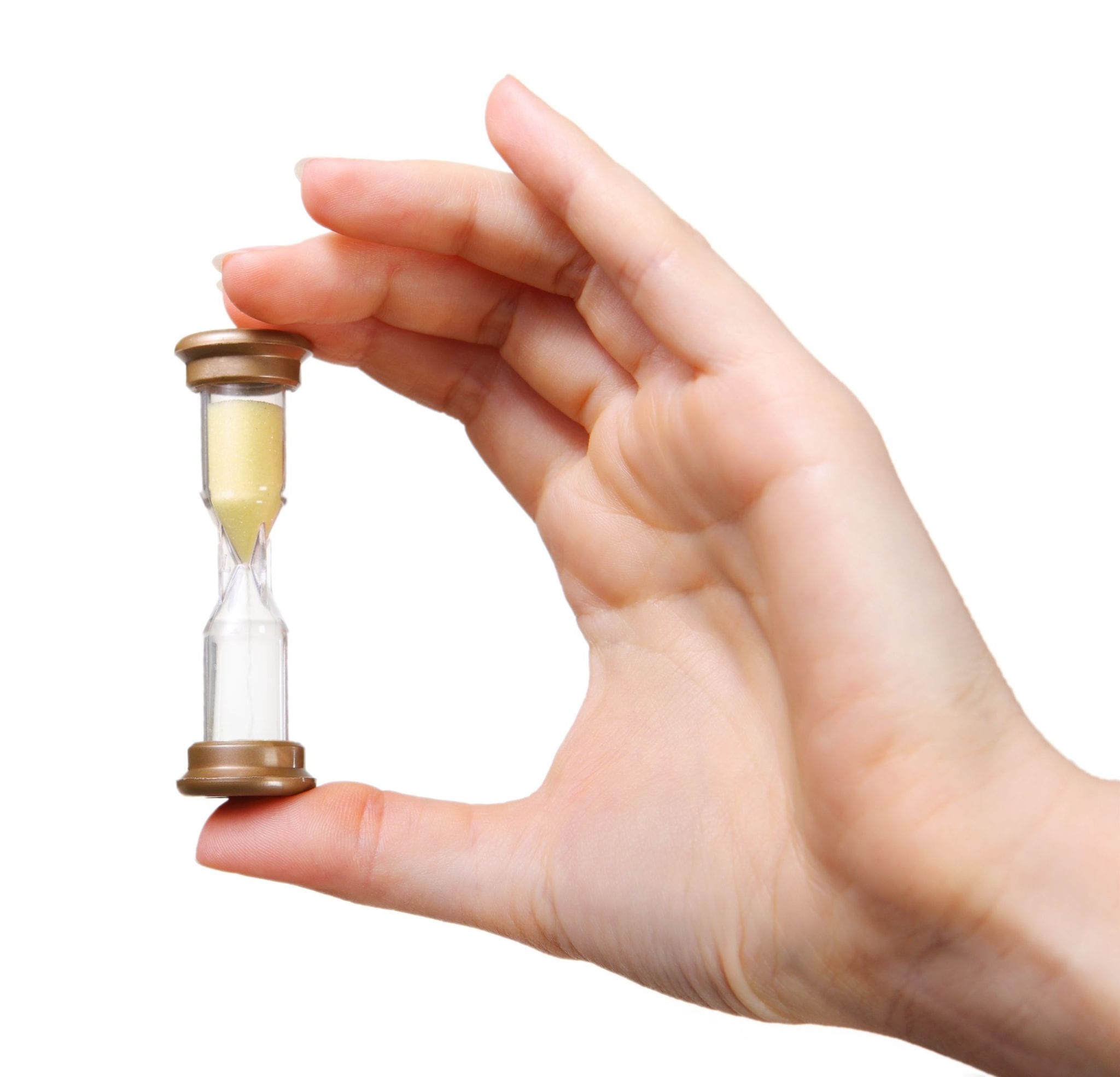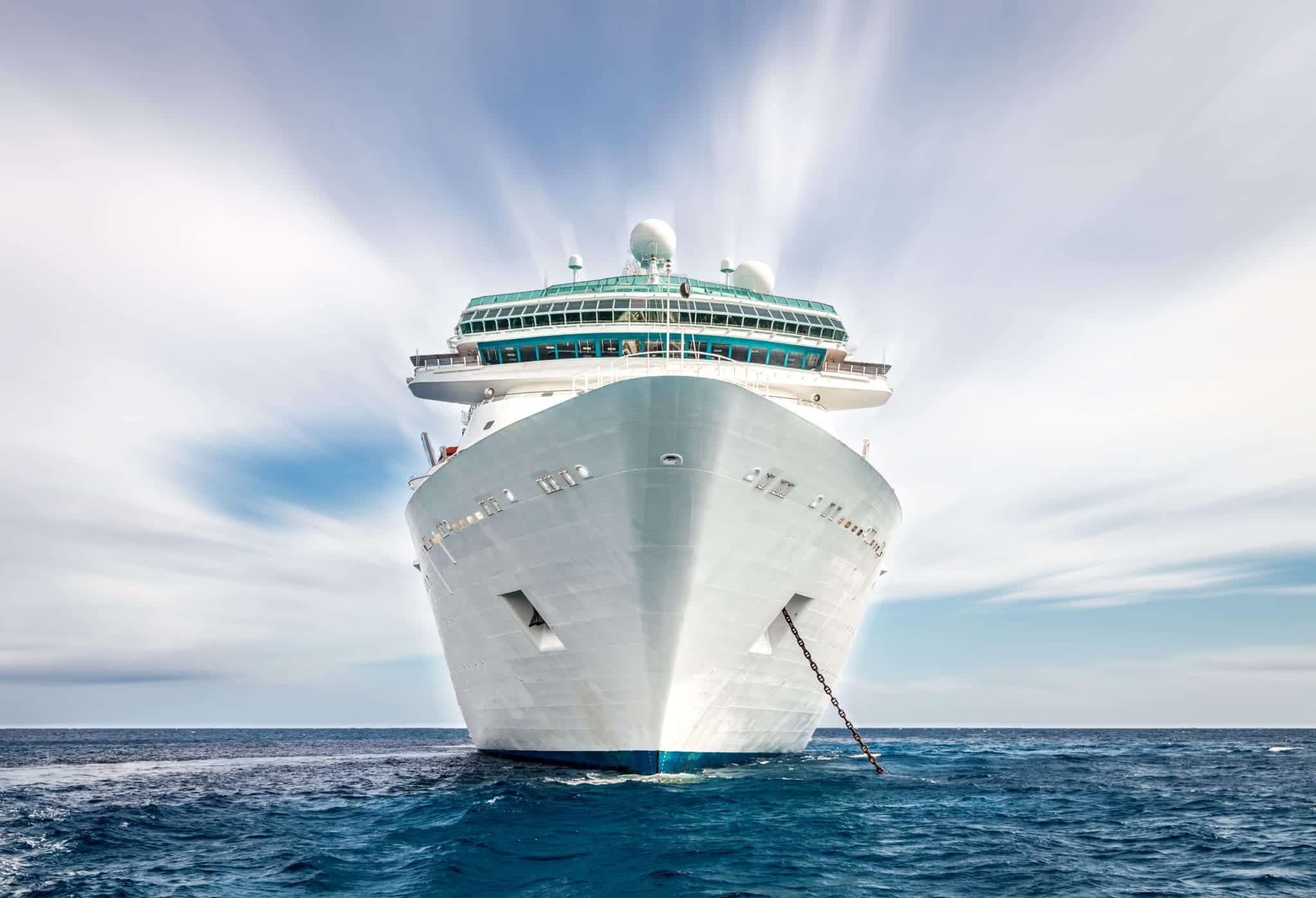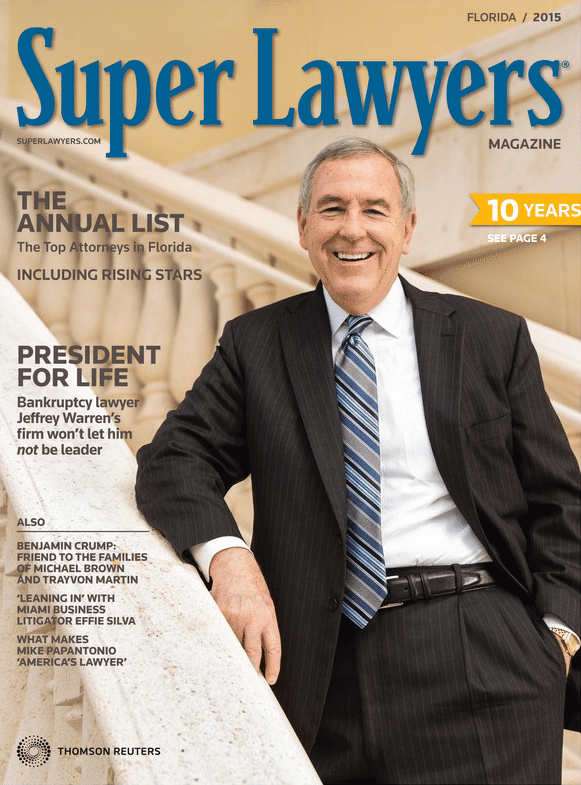The cruise industry has been at a standstill for the last six months due to COVID-19. The Centers for Disease Control and Prevention recently extended its no sail order, with many cruise lines voluntarily postponing their operations through October.
It looks as if the cruise industry must buckle down to try to weather further closures as coronavirus sweeps across the country. What is a no sail order and what does it mean for fall cruising this year? Read on to find out.
What is a No Sail Order?
A no sail order is an order issued by the Centers for Disease Control and Prevention, an arm of the U.S. Department of Health and Human Services.
They issue no sail orders to address operations of cruise ships, which are defined as commercial, passenger-carrying, non-cargo vessels that have the capacity to carry 250 souls or more onboard.
Ships that are subject to the no sail order must also have an itinerary that encompasses either a 24-hour period or any overnight stay on board. They include ships operating in interstate, international, or intrastate waterways and are subject to the jurisdiction of the United States.
The order also applies to cruise ships operating outside of U.S. waters if they plan to operate in any interstate, international, or intrastate waterways under the jurisdiction of the U.S. during the period the order is in effect.
The current no sail order was first put into effect in response to the rapid spread of COVID-19 worldwide. The close quarters on cruise ships for both passengers and crew made it a high-risk environment to spread COVID on board, so the no sail order was put into effect to try to reduce the risk for everyone in the industry.
When Will Ships Start Sailing?

Now that many cruise lines have committed to not sailing through October, does that mean that come November cruise ships will begin to sail again? Probably not.
Part of the issue ordered by the Centers for Disease Control and Prevention requires cruise lines to create and submit comprehensive plans of their disinfectant and cleaning protocols along with their shore excursions, boarding procedures, meal services, and floor plans of public areas aboard the ship.
Many of the cruise lines that have submitted these plans have yet to hear back from the Centers for Disease Control and Prevention. That means it’s likely that sailing won’t be resumed until sometime in 2021.
Many cruise lines have anticipated this, which is why you’ll notice some major cruise lines such as Princess have canceled all of their 2020 sailings.
What Changes are Expected?
Part of the no sail order is creating plans to deal with and reduce the spread of COVID-19 once cruising does begin again. These changes include:
Fewer Passengers with More Medical Staff
When people think of cruise ships, they normally think of massive ships that can fit thousands of people aboard – truly floating cities.
But cruises in the age of COVID will see fewer people on board and will probably be shorter in length as well. The CDC panel recommends that many cruise lines keep their cruise itineraries to 10 days or less initially and not stop in as many ports to help reduce the risk associated with that higher level of risk.
Fewer passengers aboard will also help with crowd control measures aboard ships to help facilitate appropriate physical distancing measures. More medical staff will also help to increase the ratio of passengers to medical staff in case treatment is required.
Mandatory Masks and Testing
New recommendations also urge cruise ships to help maintain a healthy bubble onboard the ship during the sailing by testing passengers and crew before sailings. They will also test during sailings to further protect everyone on board.
Crew members will also be required to quarantine for seven days onboard the ship before sailings after testing negative and will be tested again before the ship leaves the dock.
Passengers and crew will also be required to wear masks when physical distancing is not possible.
Shore Excursion Safety
There will be strict protocols observed for shore excursions to help keep things safe. If you plan to leave the cruise ship and go to shore, then you will need to agree on the terms the cruise line sets in order for you to be let back on board after the excursion.
Improved Air Quality

Fresh air and new ventilation systems are also a part of the new requirements. Cruise operators have been asked to upgrade their HVAC systems aboard their shops to help reduce the dispersal of pathogens.
Sailing may not look the way it used to ever again, but one thing is for certain: It will be a lot safer once cruising does resume – whenever that may be.
About the Author:
Andrew Winston is a partner at the personal injury law firm of Winston Law. For over 20 years, he has successfully represented countless people in all kinds of personal injury cases, with a particular focus on child injury, legal malpractice, and premises liability. He has been recognized for excellence in the representation of injured clients by admission to the Million Dollar Advocates Forum and named one of America’s Top 100 High-Stakes Litigators. Mr. Winston is AV Preeminent Rated by the Martindale-Hubbell Law Directory, enjoys a 10.0 rating by AVVO as a Top Personal Injury Attorney, has been selected as a Florida “SuperLawyer” from 2011-2020 – an honor reserved for the top 5% of lawyers in the state – was voted to Florida Trend’s ”Legal Elite,” recognized by Expertise as one of the 20 Best Fort Lauderdale personal injury attorneys, named one of the Top 100 Lawyers in the Miami area for 2015-2017, and one of the Top 100 Lawyers in Florida for 2015-2017 and 2019.















